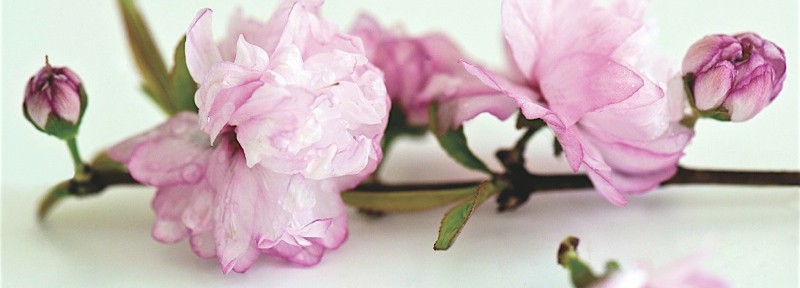 It has been said that alcoholics remember their very first drink, as if it was the day they fell in love. I told this to my wife, and she thought a minute and said, “I can’t remember my first chocolate. I guess I’m okay.” A little doubtful, I asked her to tell me the first chocolate she did remember, and she said “I can’t remember. Chocolate has just always been; there’s been such an abundance.” I don’t believe her. She probably would remember that first taste of chocolate, if she just thought about it. She’s a chocoholic. She’s just in denial.
It has been said that alcoholics remember their very first drink, as if it was the day they fell in love. I told this to my wife, and she thought a minute and said, “I can’t remember my first chocolate. I guess I’m okay.” A little doubtful, I asked her to tell me the first chocolate she did remember, and she said “I can’t remember. Chocolate has just always been; there’s been such an abundance.” I don’t believe her. She probably would remember that first taste of chocolate, if she just thought about it. She’s a chocoholic. She’s just in denial.
Whatever the addiction is irrelevant, really. With most people it’s that remembering the first encounter. Gardeners, you know, have addictive personalities. They often remember the first time they came into contact with a plant, a rare species, an obscure genus or that plant at the neighbor’s house they so lusted for.
But gardeners are generous folks. For the most part, when you admire a plant in a fellow gardener’s yard, if you look pitiful and sad enough, they will often just give you a piece. At that moment when the plant is given to you, it is riveted in your memory, and your soul sinks deeper into the addictive habit of gardening.
It was that way with the flowering almond. I can remember it like it was yesterday, only it has been years now. That wonderful gardener Les Reeves was walking me around his front yard. There, in a bank of azaleas on the northeast part of the lot, was a plant blooming among the brightly colored azaleas. It had dime to nickel size blooms running all up and down the stalks of the shrub, and I admired it. I must admit I lusted after that plant. I didn’t have any flowering almond in my garden and had always wanted some, so he dug me a piece off from the side of the shrub and handed it to me. I went home that morning and stuck it in my old garden out in the country, and now there is a bit of that same bush growing in my new garden here in town.
Flowering almond is one of those heritage plants in the South. It is common to see it in old neighborhoods, abandoned farm sites, etc. The plant, itself, grows somewhere between 3 and 5 feet tall and 4 feet across. It’s foliage is yellow-green and looks something similar to the foliage on plum trees. But it is the early spring bloom that is the plant’s attraction. The plant blooms in colors of pink and white all up and down stems of the shrub. The plant needs well drained soils and in poorly drained sites has root rot problems. Les grew the shrub perfectly in the midst of azaleas; for where you grow azaleas successfully, the flowering almond will do well. The plant tends to get ‘worn out’ after a few years and responds well to periodic severe pruning to rejuvenate the shrub.
I admit it…and (unlike my wife) I’m honest enough to delve back into the shadows of my addictive personality to remember those first encounters. And you know what? They have been some of the sweetest times in my life.
The Flowering Almond and Addiction
